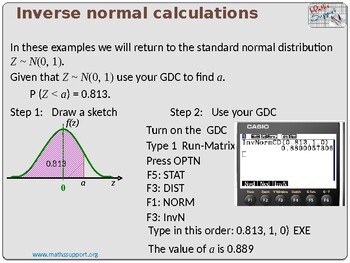

> If you have any suggestions, of course they are welcome. The Ferguson-Forcade algorithm has shown that there are no algebraic equations of degree with integer coefficients having Euclidean norms below certain bounds for. of this project (the inverse symbolic calculator 1995-now) > the plouffe inverter (1998-now).

Plouffe inverse symbolic calculator license#
Since then I have used it many times for a quick ModPow or Prime Factors of 2^27-1 or MultiplicativeOrder(9,29) or (6,211).Īt the very least it is a free license to use Mathematica. Plouffes 'Inverse Symbolic Calculator' site includes a huge database of 54 million real numbers which are algebraically related to fundamental mathematical constants.

It also immediately gave me the distance including 1/50th of the circumference of the earth. W|A smartly assumed I meant degrees of arc and minutes (angular measure) but gave me the choice of changing it. English Deutsch Français Español Português Italiano Român Nederlands Latina Dansk Svenska Norsk Magyar Bahasa Indonesia Türkçe Suomi Latvian Lithuanian esk. It didn't know Syrene but Wiki had given me the coords of Syrene. Ivars Petersons MathLand - Simon Plouffe. But I then used W|Alpha with "Cairo to Syrene". My first port of call was Google to Wikipaedia. The Inverse Symbolic Calculator is an online number checker established Jby Peter Benjamin Borwein, Jonathan Michael Borwein and Simon Plouffe of the Canadian Centre for Experimental and Constructive Mathematics (Burnaby, Canada). Plouffe gave accurate approximations of and 1/ in the Inverse Symbolic Calculator web pages. This is important, there is a pint bet involved! My next test of it was after a pub debate about Erastosthenes' measure of the circumference of the Earth. Prior I spent some time trying to find it before I calculated the first few digits and then used Plouffe's Inverse Symbolic Calculator to find more.Īs a nice little exercise try proving that it is convergent. My first test of it was the infinite product from k=1 of That is strongly probable to all those bases ) If p(x) p ( x) has degree n n, then it is well known that there are n n roots, once one takes into account multiplicity. The largest exponent of x x appearing in p(x) p ( x) is called the degree of p p. Maybe people's expectations are higher than it delivers, Matrix Inverse Calculator About solving equations A value c c is said to be a root of a polynomial p(x) p ( x) if p(c) 0 p ( c) 0.


 0 kommentar(er)
0 kommentar(er)
